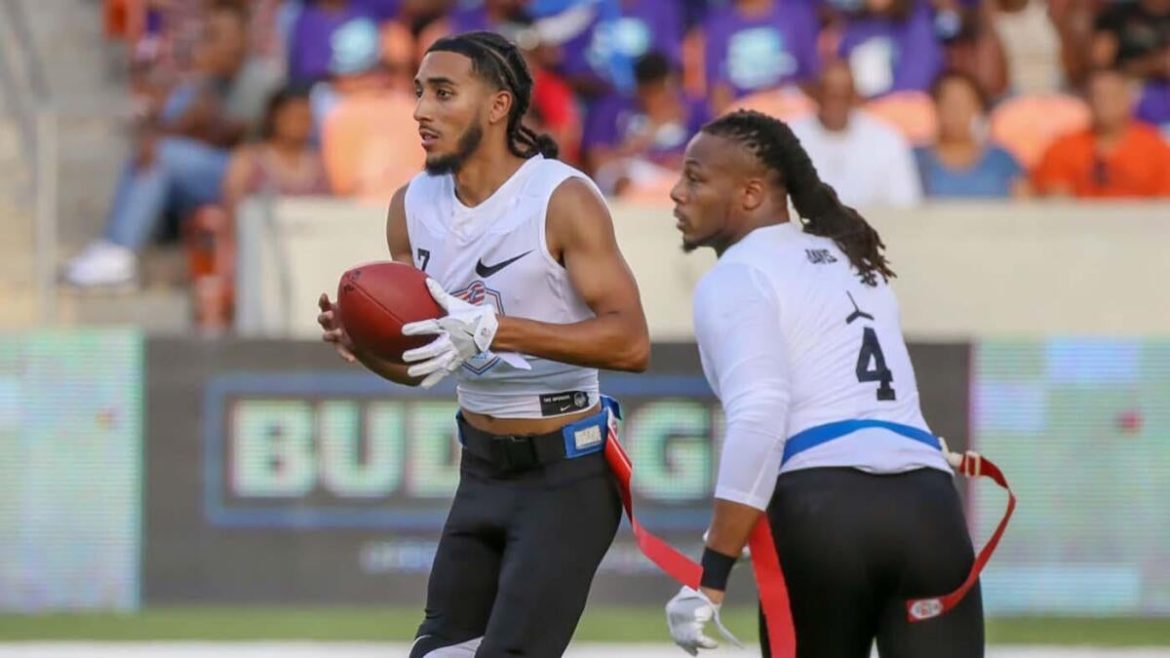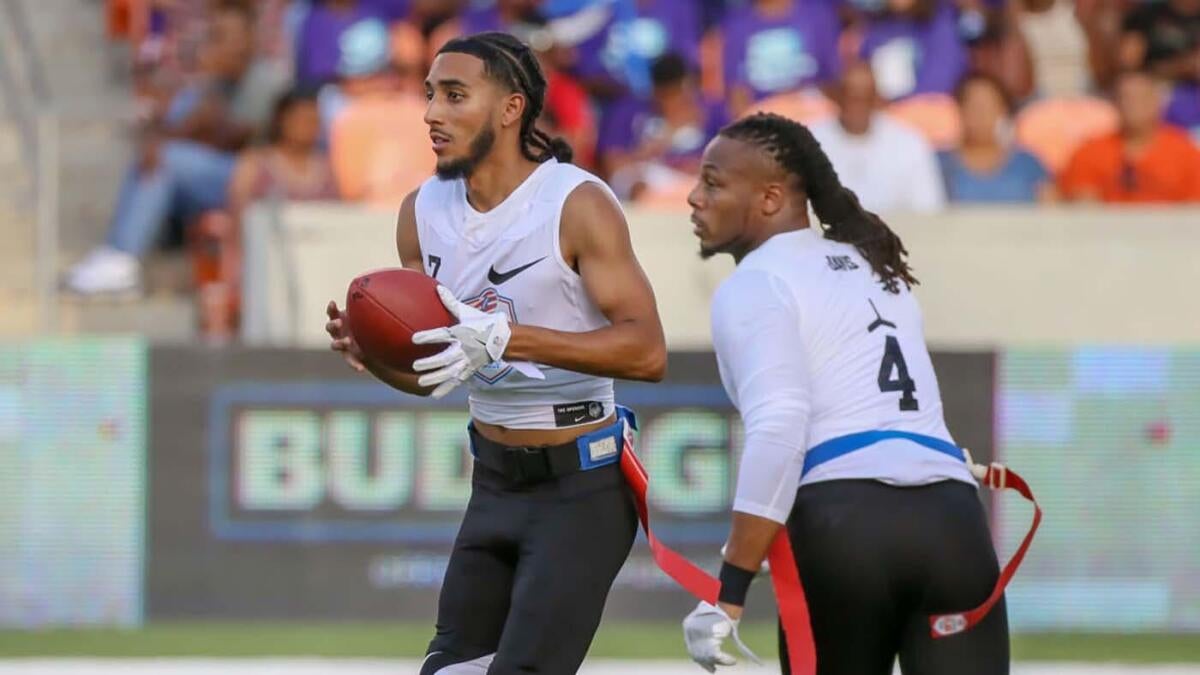The unanimous approval by NFL owners to allow players to participate in flag football at the 2028 Summer Olympics in Los Angeles marks a significant milestone for both the NFL and the Olympic movement. This decision, made official at the NFL’s spring league meetings with a 32-0 vote, opens the door for one player from each NFL team to try out and potentially represent their home countries on an international stage where flag football will make its Olympic debut.
The Genesis of NFL Players’ Olympic Flag Football Participation
Flag football’s scheduled inclusion in the 2028 Olympics aligns with growing global interest in this fast-paced, non-contact variant of American football. The NFL’s move reflects a strategic alignment with the International Federation of American Football (IFAF) and Olympic authorities to craft rules for this collaboration, underscoring a considered approach to integrating NFL talent into the Olympic context.
This partnership not only advances the sport’s international profile but also diversifies NFL players’ opportunities beyond the traditional tackle football season. The owners’ unanimous endorsement highlights a shared vision for leveraging the Olympics as a platform to expand fan engagement and create new avenues for talent exposure.
Implications for the NFL and Flag Football
The integration of NFL players into the Olympic flag football tournament is anticipated to stimulate multiple benefits:
– Global Reach: Showcasing NFL stars on a global Olympic stage will significantly enhance international awareness and appreciation of American football’s flag variant. This has potential long-term effects on expanding NFL’s international fan base and player recruitment pipelines.
– Fan Engagement: The Olympic spotlight offers an unprecedented occasion for flag football to captivate audiences beyond typical NFL viewership. Olympic participation could spike public interest and generate fresh narratives within the NFL ecosystem.
– Development of Flag Football: With approximately 15,700 girls participating in high school flag football and rising media attention, the Olympic platform could catalyze youth participation, especially encouraging more female athletes to take up the sport.
– Players’ Opportunities: For NFL athletes, this is their first chance to compete for Olympic glory without the physical wear and injury risk associated with tackle football, as flag football is non-contact. It diversifies their offseason activities and could enhance player marketability and legacy.
Potential Challenges and Player Willingness
Despite the unanimous owners’ vote, player enthusiasm appears mixed. Some high-profile players, like Minnesota Vikings wide receiver Justin Jefferson, express excitement but also recognize the logistical challenges inherent in committing to Olympic participation amid demanding NFL careers. The Olympics in 2028 are a few years away; factors such as team schedules, personal priorities, injury risks, and changing career stages weigh on players’ decisions.
Furthermore, flag football veterans who have competed internationally note differences between tackle and flag football skill sets, suggesting that assembling a truly competitive NFL flag football team will require distinct scouting and training processes. NFL stars may not automatically dominate in the flag format, which emphasizes agility, speed, and precision over physical contact.
Another point of contention lies in discerning the balance between NFL stars and flag football specialists in Olympic selection, as veteran non-NFL flag players understandably wish for a fair shot to compete at the highest level.
Strategic Outlook for the 2028 Olympics
NFL leadership, including Commissioner Roger Goodell, have characterized the resolution as a “great opportunity for the sport.” The NFL plans to collaborate with the NFL Players Association, IFAF, and Olympic officials to develop participation guidelines, tryout protocols, and competition structures. Only one player per NFL team will be permitted to participate, suggesting a carefully curated representation to maintain league integrity and minimize impact on regular season readiness.
This initiative also dovetails with broader NFL interests to increase youth engagement, broaden diversity in football participation, and leverage the Olympics’ cultural cachet. The LA28 Flag Football tournament is projected to become one of the most exciting competitions, potentially drawing parallels to other American sports’ successful Olympic branding moments, such as the 1992 NBA Dream Team.
Conclusion: Ushering in a New Era of Football Visibility
The NFL owners’ unanimous vote to enable player participation in Olympic flag football signals the dawn of a promising “Gold Medal era” for the league and the sport. It represents a forward-thinking embrace of evolving formats and global markets, while offering players the prospect of Olympic competition in a less physically taxing variant of their sport.
As the world’s attention focuses on Los Angeles in 2028, the Olympic flag football tournament could become a vibrant showcase for NFL talent, worldwide fan growth, and grassroots inspiration. Yet, realizing this vision will require thoughtful collaboration, player buy-in, and balancing traditional football culture with the Olympic spirit. If successfully navigated, this historic decision broadens the NFL’s cultural relevance and sets the stage for flag football’s ascent as a globally celebrated sport.





